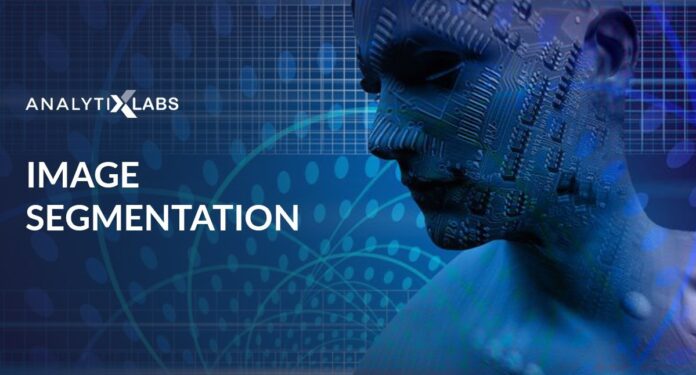Introduction
When we use the power of algorithms to process digital images, it is called image processing. Various features of processing involve the reduction of noise and identification of objects and other types of text as the case may be.
As the scope of artificial intelligence has expanded, the domain of image processing has also witnessed constant growth. In its applications, image processing or digital image processing is used in the analysis of sentiment and the detection of anomalies. In many suitable tasks, image processing has also been used in the detection of emotions. Credit goes to artificial neural networks that have played a vital role in widening the applications of digital image processing as well as image segmentation. Be it the application areas of manufacturing, logistics, medicine, education, or retail, image processing has undergone a paradigm shift in its application domain in recent times.
An overview of the process
When we look at the various components of a digital image, we find that it reveals deep and critical information which is not visible to the naked eye. The segments that make up a digital image are called pixels or objects and help in the reduction of complexity. As the nature of complexity in an image decreases, its simplification and analysis become relatively easier. The analysis of various kinds of the digital image can serve as a critical raw material to solve various business problems that are related to image processing. In the present time, we are making the use of advanced algorithms to split a particular set of images into individual pixels that comprise it. Soon after, the next step in the process is the assigning of different kinds of labels so that the categorization process becomes easier. After the categorization process is completed, we proceed to draw boundaries so that a particular class of objects with similar features is grouped under a common category. Needless to mention, this also demarcates one group of objects from the other, thereby decreasing the complexity and leading to faster and effective analysis.
Pedagogy
The first and foremost process in image processing is the identification of objects. Identification of objects is done with the help of image segmentation algorithms. This is where we group similar pixels under categories so that dissimilar pixels are automatically demarcated. Two important approaches in this pedagogy deserve mention. The first is called the region-based approach and the second is called the boundary approach. In a region-based approach, we make use of different machine learning algorithms like K means clustering. The main aim is to detect various kinds of similarities based on a specified set of features. When we talk about the boundary approach, the main techniques that we use in this include edge detection and point detection. The main aim is to segregate one set of features from the other by detecting edges and measuring discontinuity.
Methodology
Based on the pedagogy that we discussed above, we usually follow a specific methodology when it comes to image processing. The best methodology is called structural methodology whereas the second methodology is called stochastic methodology. We may also use the combination of these two methodologies in the hybrid technique. In the first methodology, the structural information that includes pixel density and color intensity is already known. The structural information about the source region is already present before us. Based on this information, we draw the line of demarcation to segregate images based on a set of algorithms. In the stochastic methodology, the pixel values of the entire image are already known. This is extremely advantageous when we have to deal with a larger set of images with a higher degree of uncertainty. Machine learning techniques that we use in this include K means clustering. Artificial neural networks are also put to use in this type of approach. In the hybrid methodology, we usually follow a blend of techniques that we use in structural and stochastic approaches.
Concluding remarks
There are other methods as well when it comes to image segmentation. Apart from the methods discussed above, the watershed-based method is slowly gaining prominence. Artificial neural network-based image segmentation techniques are also in the limelight. Overall, all the domains of image processing are witnessing unprecedented growth in the present times.


